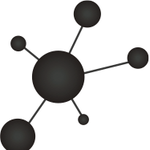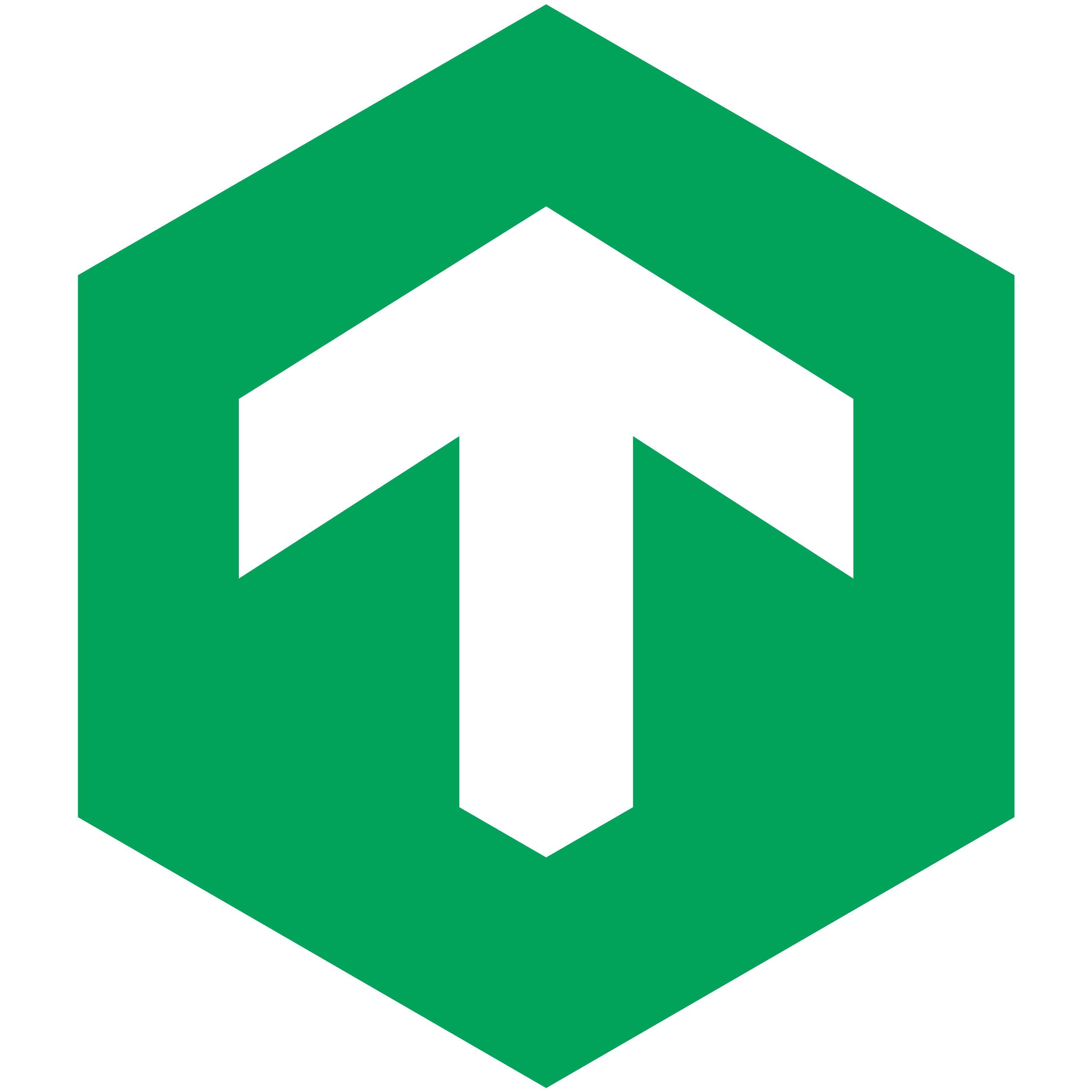What Is Hardware Monitoring Software?
Hardware monitoring software is a useful tool for businesses and people that want to keep track of their computer systems and gadgets. As the name implies, it is a form of software that allows users to track the physical components of their computer or device in real time. Users can keep track with hardware monitoring software. Keep track of critical information including temperature, voltage, and fan speed.
This information is critical for verifying that the hardware is running safely and identifying possible faults before they become serious problems. One of the primary advantages of using hardware monitoring software is the ability to generate proactive alerts. Users can configure notifications for when specific hardware components reach a specified threshold, allowing them to take action before any damage happens.
Furthermore, hardware monitoring software frequently includes graphical user interfaces that provide a visual depiction of the hardware components' status. This allows non-technical individuals to better grasp the data and detect potential difficulties. Some advanced hardware monitoring software has analytical features that enable the development of reports and the study of past data.
This can help discover trends in hardware utilization and make educated decisions about future upgrades or replacements. Hardware monitoring software allows firms with several PCs to monitor them remotely. This enables IT managers to monitor and manage the hardware of various devices from a single location, improving maintenance and troubleshooting efficiency and convenience.
When choosing hardware monitoring software, look for features like compatibility with various types of hardware, customized alarms, and remote access possibilities. It is also critical to select software that is user-friendly and provides consistent technical assistance. Investing in hardware monitoring software can save organizations and individuals time and money by alerting them to potential hardware issues and ensuring that their systems run smoothly. With so many functions and benefits, this software is a must-have for anyone who wants to keep their electronics in good working order.
What Are The Recent Trends In Hardware Monitoring Software?
In recent years, hardware monitoring software has advanced significantly to suit the growing need for more efficient and comprehensive monitoring solutions. These trends not only improve the capabilities of hardware monitoring software, but also transform how firms manage their hardware infrastructure.
Here are a few important trends in hardware monitoring software:
1. Cloud-Based Solutions: As cloud computing has gained popularity, hardware monitoring software has transitioned to cloud-based solutions. This enables remote monitoring and management of hardware systems, resulting in a more scalable and flexible solution. The data produced by the program can be accessed and analyzed from anywhere, making it easier for enterprises to manage their physical assets.
2. Artificial Intelligence (AI) And Machine Learning: Many hardware monitoring software manufacturers have begun to integrate AI and machine learning capabilities in order to deliver more accurate and predictive insights on hardware component performance. These technologies can process massive volumes of data and detect possible problems or abnormalities before they create downtime or system failures.
3. Integration With IT Service Management (ITSM) Tools: Hardware monitoring software is now being integrated with ITSM tools to improve the efficiency of monitoring, ticketing, and resolving hardware issues. This connection enables firms to have a more holistic perspective of their IT systems, resulting in faster problem resolution and increased overall productivity.
4. Real-Time Dashboards And Alerts: Real-time monitoring has become a critical component of hardware monitoring software. The most recent innovations focus around the usage of interactive dashboards and immediate alerts to provide an up-to-date picture of hardware performance and any anomalies. This enables firms to take prompt and proactive steps to resolve any possible risks.
5. Support For Multi-Vendor Settings: As businesses include a wide range of hardware into their systems, hardware monitoring software must support the monitoring and management of multi-vendor settings. The latest solutions support cross-platform and cross-vendor environments, allowing businesses to monitor and control their complete hardware infrastructure from a single platform.
Benefits Of Using Hardware Monitoring Software
Hardware monitoring software is a useful tool for anyone or business wishing to manage their hardware devices more efficiently. Whether you own a tiny firm with a few computers or a large organization with a sophisticated network of devices, this software can be extremely useful.
Here are some of the major advantages of using hardware monitoring software.
1. Real-Time Monitoring: One of the key advantages of hardware monitoring software is the ability to monitor your hardware devices in real-time. This means you can see the health and performance of your devices at any time, allowing you to swiftly detect and resolve any problems that may emerge.
2. Increased Efficiency: By monitoring your devices in real time, you can identify and address performance issues before they become major problems. This leads to enhanced efficiency and productivity for your company.
3. Cost Savings: By monitoring your hardware devices and fixing any faults as they arise, you can save future costly repairs or replacements. This can save your company a large sum of money in the long run.
4. Remote Monitoring: Hardware monitoring software enables you to remotely monitor your equipment, giving convenience and flexibility for enterprises with different locations or remote staff. This feature eliminates the need for physical checks and enables troubleshooting from anywhere.
5. Customization: Many hardware monitoring software choices provide configurable alerts and notifications, allowing you to define precise criteria and receive messages when they are met. This guarantees that you are always informed of any potential problems with your equipment.
6. Previous Data: Most hardware monitoring software retains previous data, allowing you to review prior performance and discover any patterns or trends that may be influencing your devices. This information can be useful when making judgments about upgrades or future hardware investments.
7. Multi-Device Compatibility: Whether you have a variety of desktops, laptops, servers, or other hardware devices, hardware monitoring software is designed to work with a wide range of devices, making it a practical and versatile option for any business.
Important Factors To Consider While Purchasing Hardware Monitoring Software?
When it comes to choosing hardware monitoring software, there are a few key elements to consider before making a purchase.
Here are some crucial elements to consider while assessing various options:
1. Compatibility: The most important element to evaluate is if the program is compatible with your existing hardware infrastructure. The software should be capable of monitoring and managing all of the devices and systems that are critical to your business's operations. Before making a purchase, ensure that the system requirements and compatibility are met.
2. Features And Functionalities: Different hardware monitoring software offers different features and capabilities. It is critical to examine your individual requirements and hunt for software that includes the necessary features. Some popular features to check for are real-time monitoring, alerts and notifications, remote management, and reporting.
3. Scalability: As your firm expands, so will your hardware infrastructure. Therefore, it is critical to evaluate the scalability of the software. It should be able to accommodate an increasing number of devices and systems while maintaining performance.
4. User-Friendly Interface: The software's interface should be simple to use and understand. This is especially critical if you have a non-technical personnel in charge of the hardware. A complex interface will only confuse users and impede proper hardware monitoring.
5. Cost: Hardware monitoring software is available at various price ranges, and it is critical to weigh the cost against the features and functionalities it provides. Choose software that is cost-effective and fits your budget.
6. Customer support: In the event of an issue or technical difficulty, it is critical to have dependable customer service from the software vendor. Look for software that provides 24/7 assistance and a specialized team to quickly handle any concerns.
7. Security: Given the increasing number of cyber threats, it is critical to emphasize security while selecting hardware monitoring software. Make sure the program includes strong security features to safeguard your data and systems from potential assaults. Keeping these criteria in mind will allow you to make an informed purchasing decision for hardware monitoring software.
What Are The Key Features To Look For In Hardware Monitoring Software?
When looking for the best hardware monitoring software for your needs, there are a few crucial aspects to look for so you can make an informed purchase decision. These capabilities ensure that the software fulfills your individual requirements while also providing you with the tools you need to successfully monitor and control your hardware.
1. Real-Time Monitoring: One of the most important characteristics to look for in hardware monitoring software is the ability to monitor hardware in real time. This enables you to stay up to date on the state of your gear at all times and discover any problems before they worsen.
2. Adjustable Alerts: The program should include adjustable alarm settings that inform you to any hardware problems or irregularities. This will allow you to proactively resolve any issues and avoid costly downtime.
3. Compatibility: Make sure that the software works with all of your hardware components. To avoid compatibility concerns, make sure to check the software vendor's compatibility list.
4. Extensive Reporting: Choose software that generates extensive reports on hardware utilization, performance, and health. This information can assist you in identifying potential bottlenecks or areas for improvement, as well as making educated hardware upgrade selections.
5. Remote Monitoring: With the growing popularity of remote work, it is critical to have software that allows you to monitor your devices remotely. This feature can help you save time and money by removing the need for physical monitoring.
6. Customisable Dashboards: The software should include customisable dashboards that allow you to examine and monitor your devices in the most efficient manner for you. This can include graphs, charts, and other data visualisations.
7. Scalability: As your firm expands, so will your hardware requirements. Look for software that is scalable and can support a rising number of hardware components without sacrificing performance.
8. User-Friendly Interface: The software's interface should be intuitive and simple to use, making monitoring and maintenance easier. This means that even non-technical people may simply access and use the software.
9. Integration With Other Tools: If you use other monitoring or management tools, you should select hardware monitoring software that works flawlessly with them. This will provide a thorough perspective of the entire system while also streamlining your process.
Why Do Businesses Need Hardware Monitoring Software?
Businesses rely largely on technical equipment and devices to run their operations and maximize production. These hardware components are not only necessary, but also important assets that must be continuously examined and maintained. Here is when hardware monitoring software comes in handy. With the growing complexity and quantity of hardware used by businesses, it has become difficult for IT staff to manually monitor each device's performance and health.
This is where hardware monitoring software may help by providing real-time monitoring, analysis, and alerting for all hardware devices. By proactively monitoring hardware performance, this software assists firms in detecting possible faults before they become serious problems. This saves organizations from costly downtime and boosts overall efficiency.
It also enables IT teams to schedule maintenance and updates for suitable times, avoiding disruptions during important business hours. Hardware monitoring software provides precise insights into hardware consumption, enabling firms to identify underutilized or overutilized devices. This enables firms to optimize their resources and cut unneeded costs.
The software may also track previous data and provide reports, allowing users to make more educated decisions about future hardware investments. Furthermore, firms that handle sensitive data, such as financial or personal client information, must verify that their hardware is safe and in compliance with industry requirements. Hardware monitoring software offers continuous security monitoring and notifications for any suspicious behavior, assuring data integrity and compliance.
Overall, hardware monitoring software is a critical tool for enterprises of all sizes to improve hardware performance, prevent downtime and interruptions, cut costs, and maintain data security and compliance. Without it, firms risk overspending, losing productivity, and compromising critical data. As a result, investing in dependable hardware monitoring software is a wise decision for any organization seeking to remain competitive and efficient.
How Much Time Is Required To Implement Hardware Monitoring Software?
The deployment of hardware monitoring software is often determined by the size and complexity of the IT infrastructure in issue. A comprehensive setup and configuration can take anywhere between a few days and a few weeks. The first stage in the implementation process is to thoroughly examine the existing hardware and software systems.
This aids in detecting any potential difficulties or compatibility concerns that may develop throughout the implementation process. Next, the program must be installed and configured on all relevant devices and servers. This stage can take anywhere from a few hours to several days, depending on the number of devices and the intricacy of the configuration.
Once installed, the program must be checked to confirm that it is properly monitoring all hardware components and delivering accurate data. This testing phase can last from a few days to a week, depending on the complexity and breadth of the monitoring features. Following testing, any necessary changes or alterations can be performed to guarantee that the program meets the specific requirements of the IT infrastructure.
This may require more implementation time, but it is critical to guarantee that the software is suited for the organization's needs. Finally, key team members should receive training and documentation to ensure they understand the software's features and how to use them successfully. This stage can take anything from a few hours to a day, depending on how complicated the software is and how familiar the users are with it.
What Is The Level Of Customization Available In Hardware Monitoring Software?
One of the primary things that distinguishes hardware monitoring software is the degree of flexibility it provides. This enables customers to customize the software to meet their individual requirements while also ensuring that their hardware systems perform optimally. Some hardware monitoring software offers a high level of flexibility, allowing users to change settings and parameters based on their preferences.
This can include configuring alerts and notifications for certain components, establishing custom dashboards to track specific metrics, and changing the frequency of data gathering. On the other hand, some software may provide less customization choices, resulting in a more homogenized monitoring experience. This can still be useful for folks who aren't as tech-savvy or don't need significant customization.
Furthermore, certain hardware monitoring software may provide customization via plugins or interfaces with other programs, giving customers a broader choice of possibilities. When deciding which hardware monitoring software to purchase, you should first assess the level of customisation required for your specific hardware systems and then choose software that meets those criteria.
Which Industries Can Benefit The Most From Hardware Monitoring Software?
Hardware monitoring software is an essential tool for businesses in a wide range of industries since it gives real-time information about the health and performance of their hardware components. This program identifies possible flaws before they become severe problems, decreasing downtime and enhancing overall efficiency.
The following industries can greatly benefit from the use of hardware monitoring software:
1. IT And Technology Firms: In a rapidly changing hardware and software market, IT and technology companies rely largely on the proper operation of their hardware to provide seamless and uninterrupted services to their clients. Hardware monitoring software enables these organizations to stay on top of any issues and proactively repair them, resulting in minimal inconveniences for their clients.
2. Manufacturing And Industrial Sectors: Industrial machines and equipment rely significantly on complicated hardware components that are susceptible to failure. The manufacturing and industrial sectors can use hardware monitoring software to schedule maintenance tasks, enhance equipment performance, and prevent costly downtime.
3. Healthcare Facilities: Hospitals and healthcare facilities contain vital and expensive medical equipment that must be constantly monitored to ensure correct readings and proper performance. Hardware monitoring software allows healthcare facilities to track and maintain the health of their equipment, resulting in fewer equipment failures and better patient care.
4. Banking And Finance: Banks and financial institutions rely on high-performance hardware to execute transactions and secure data. Any hardware faults or slowdowns can cause significant financial losses and undermine customer trust. Hardware monitoring software enables proactive maintenance and can alert to potential problems, ensuring that operations run smoothly and securely.
5. Education: In the digital age, schools and universities rely significantly on technology to facilitate online learning and manage important data. Hardware monitoring software can assist educational institutions in tracking and maintaining their hardware, minimizing disruptions to students' learning and administrative activities.
Conclusion
Finally, investing in hardware monitoring software is a good move for any firm trying to improve its IT infrastructure. It not only provides complete monitoring and troubleshooting capabilities, but it also improves overall system performance, reduces downtime, and extends the life of hardware components. Furthermore, as remote work becomes more prevalent, IT departments can save time and resources by implementing remote monitoring capabilities.
Before making a purchase, you must first examine your company's specific goals and requirements in order to select the finest software for your corporation. Consider the number of devices to be monitored, the hardware types supported, the level of customization available, and the budget. Some important characteristics to look for in hardware monitoring software include real-time monitoring, alerts and notifications, remote access and troubleshooting, extensive reporting, and scalability for future expansion.
It is also advisable to choose software with an easy-to-use interface and a dependable customer support team. Overall, carefully selected hardware monitoring software can help streamline your IT administration operations, improve system efficiency, and save money in the long term. We hope this buyer's guide has helped you make an informed decision and locate the best solution for your business needs.

















